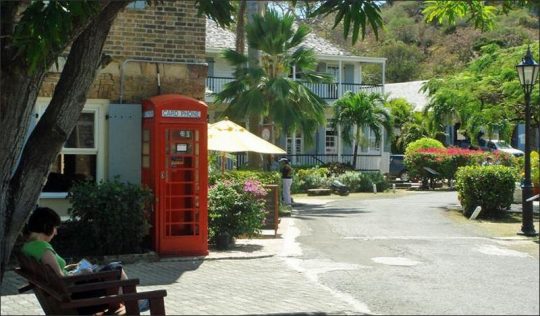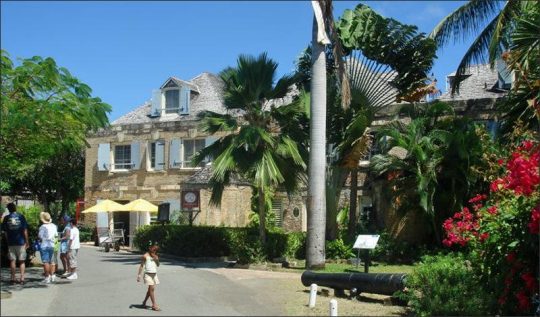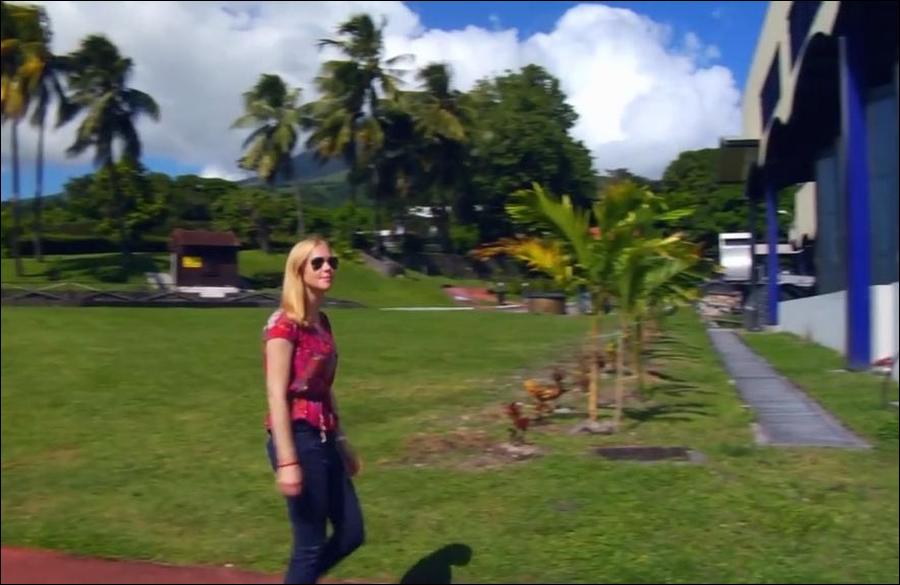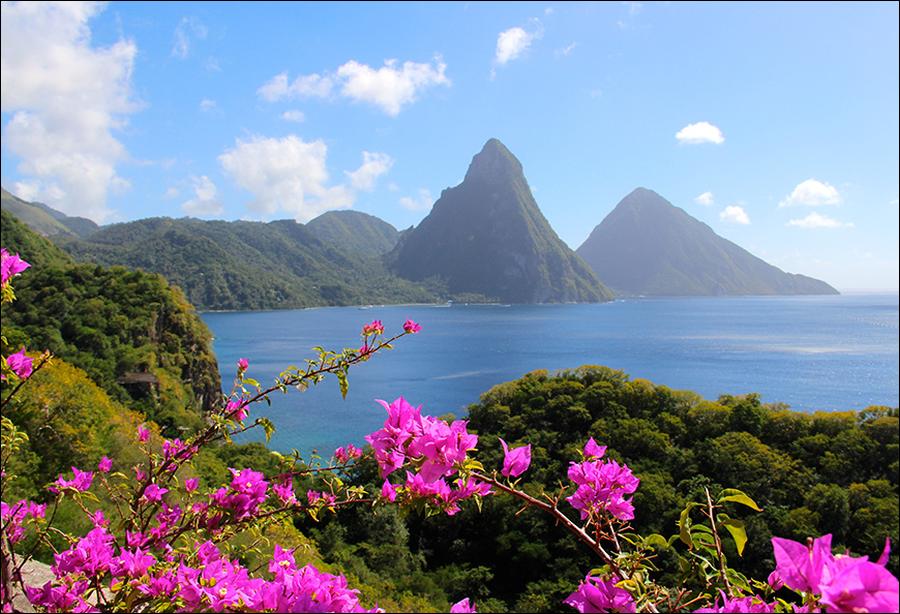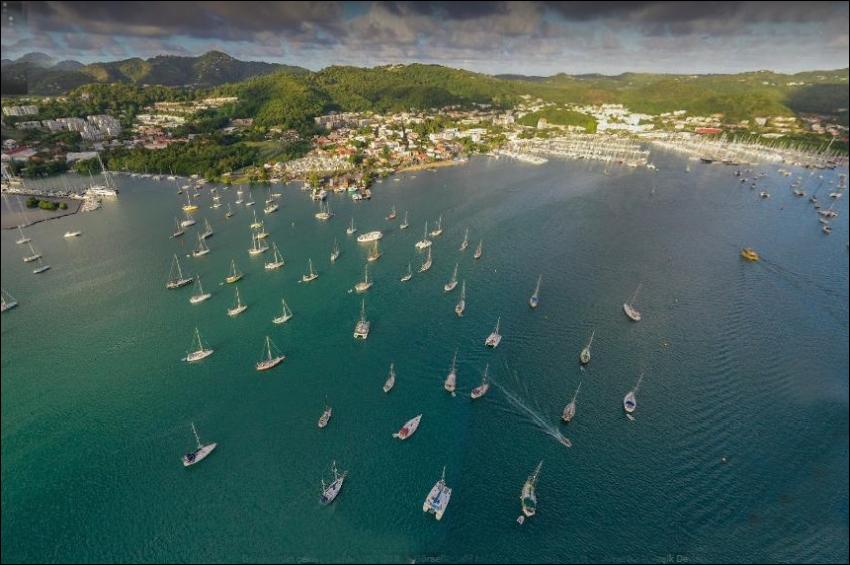Location and Geography. In a setting of turquoise waters, pink beaches and lush foliage on low hills, this small, subtropical coral island in the North Atlantic sits atop a long-extinct volcanic chain 570 miles (917 kilometers) southeast of Cape Hatteras, North Carolina, the nearest land. Only twenty-one square miles in area (fifty-five square kilometers), the island is comprised of many small islets around the Main Island and seven others that are bridged together.
Bermuda is shaped like a fish-hook, the eye being Saint George’s Harbour at the northeast end, and the loop of the hook forming the Great Sound at the other, leading into Hamilton Harbour. Often mistakenly associated with the Caribbean, it is in fact nearer to Nova Scotia. Protected from extremes of weather by the Gulf Stream, temperatures range between 65 degrees Fahrenheit (18 degrees Celsius) in winter and 85 degrees Fahrenheit (29 degrees Celsius) in summer. There are nine parishes named after several of the primary English ‘adventurers,’ or investors in the 1607 Virginia colony who separately invested in the Somer Isles company.
Demography. The population of Bermuda is 62,997 (2000 estimate). Blacks have been in the majority since some point in the late eighteenth century, and now comprise between 60 and 70 percent of Bermudians. The majority of the remaining ethnic components are northern European, mainly British; they are followed by Portuguese, who are mainly of Azorean origin, and the descendants of a number of Native American tribes. While some 75 percent of Bermudians were born on the Island, many or most of those born overseas have eventually become Bermudian by marriage. Fears of permanent overpopulation and of changes in the ethnic structure have made it nearly impossible to otherwise obtain Bermuda Status (as citizenship is called).
Nearly all the slaves were brought to Bermuda from the West Indies or as slaves on ships captured by Bermuda privateers. Few arrived directly from Africa. The northern European minority descend from the original English colonists and subsequent arrivals from all over Britain including indentured laborers. Some U.S. military personnel and some Scandinavians also settled here. A few Portuguese families arrived first in the 1840s from Madeira. Portuguese immigrants increasingly arrived in subsequent years to work in the growing agricultural industry.
Linguistic Affiliation. The language is a blend of British, North American, and various West Indian versions of the English language. Azorean Portuguese is still spoken and preserved in some Portuguese homes. In the Bermudian accent, sometimes V s and W s are transposed; a usage that derives from the Elizabethan English of the seventeenth century settlers.
Symbolism. The Bermudian flag is the British Red Ensign ‘defaced’ with the heraldic Bermuda Coat of Arms. The Union Flag occupies the upper, hoist quarter of an otherwise red flag and the Arms are within the red field. They consist of a white and green shield in which a heraldic red lion grasps a scroll displaying the sinking of Somers’ ship Sea Venture.
Food in Daily Life. Day-to-day food is identical with that of the United States, from where much of it is imported. Traditional Bermudian cuisine is a mixture of American, British, and West Indian influences. Once abundant seafood formed the basis of many local dishes. Chowder was made from a stockpot of leftover fish carcasses and flavored with hot pepper sauce and rum. Fritters were made from now-protected conch. Hoppin’ John, a meal borrowed from the Carolinas, consists of rice cooked with beans or black-eyed peas. Johnnycakes (corn-meal pancakes, served with peas and rice) are also a traditional dish.
